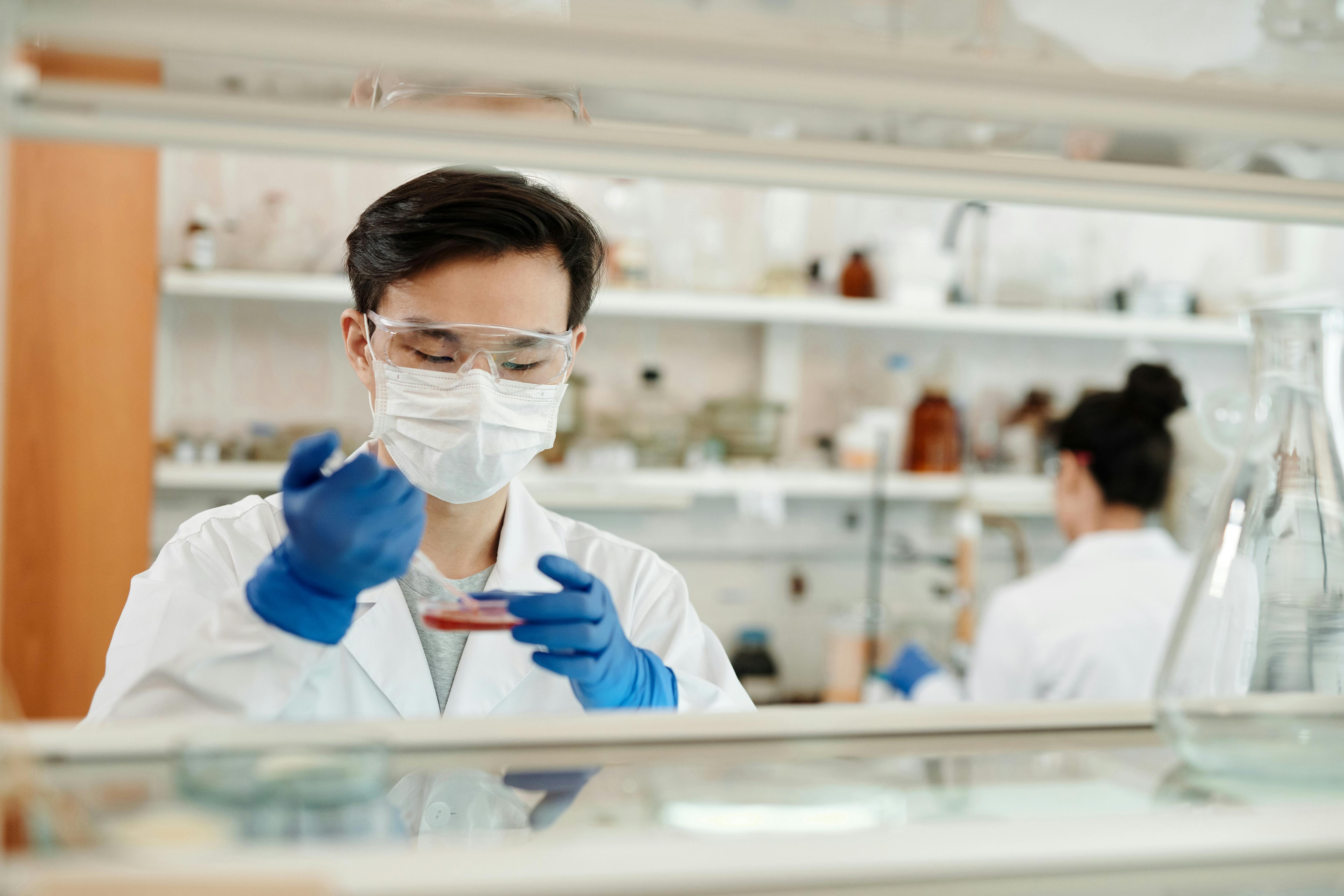Glycans as Biomarkers for Liver and Pancreatic Cancer
With cancer being one of the deadliest diseases on earth, the need for biomarkers that can determine the risk of developing it is extraordinary.

Cancer is responsible for an estimate of 9.6 million deaths in 2018, making it leading cause of death in the world (about 1 in 6 deaths is due to cancer). Lung, stomach, liver, colon and breast cancers have the highest mortality rates among the patients. Due to that, the need for biomarkers that can determine the risk of developing a disease is extraordinary. Biomarkers can monitor disease progression and the effect of medication, as well as serve as tools for initial diagnosis and staging diseases. Studies have shown the extreme importance of the plasma N-glycome in human health, with particular emphasis on research on the association between N-glycosylation of plasma glycoproteins and various cancer-related diseases.
More than 50% of all human proteins are glycosylated. Glycosylation is the enzymatic process of addition of a glycan (carbohydrate) to a protein or lipid. It is found in extracellular matrices or on cell surfaces creating the initial point of contact in cellular interactions. Considering that, the effects of disease on glycan biosynthesis may be more obvious than changes in proteins and it is recognized that altered glycosylation varies significantly for cancer cells relative to normal cells.
Considering that changes in protein glycosylation are characteristics of tumour cell and may affect N-glycans and O-glycans on glycoproteins and that the expression levels of glycosyltransferases, as well as disruption of the Golgi body, might contribute to significant changes between normal and diseased states, these findings can give insights into cancer development and its progression.
Considering that the majority of serum glycoproteins come from liver, liver diseases are associated with aberrant glycosylation and can be reflected by the changes in serum glycoproteins. To detect liver disorders in clinical practice, the most used methods are liver biopsy and ultrasonography of the liver. Since the liver biopsy is not an easy procedure, there is a need for biomarkers that can easily determine the state of the liver.
Modified protein glycosylation can be used for characterisation of different etiologies of liver fibrosis, cirrhosis, and hepatocellular carcinoma (HCC). Alpha-fetoprotein, AFP, (a protein made in the liver of a developing baby.) gave the best results in the diagnosis of HCC among many other proteins. Since the increase of AFP levels is in correlation with the increase of the tumour size, AFP levels remain unchanged in early cases of HCC.
Furthermore, the serum concentration of AFP alone is not enough in the early diagnosis of HCC and benign liver diseases, an additional tumour marker was presented - glycosylated AFP-L3 fraction. Comparing patients suffering from HCC and chronic liver diseases, a significant increase in the fucosylation index was observed in HCC patients. The Food and Drug Administration (FDA) approved usage of AFP-L3 for the early detection of primary HCC.
Patients with pancreatic cancer have a poor survival rate since reliable method for early detection of cancer does not exist. As a result, the diagnosis is often made after metastasis. Even though cancer antigen (CA) 19-9 has limited diagnostic values (because of high false-positive rates), cannot be used for early detection and cannot readily discriminate between chronic pancreatitis and pancreatic cancer, it is still extensively used serum-based marker. Pancreatic cancer causes the changes in the degree of fucosylation in N-glycan. The concentration of fucosylated haptoglobin was found to increase significantly in the serum of patients with pancreatic cancer compared with other types of cancer and healthy controls. Increased fucosylation is a highly promising marker of pancreatic cancer although the true mechanism remains unknown.
Source: Adamczyk B., Tharmalingam T., Rudd P.M., Glycans as cancer biomarkers, Biochimica et Biophysica Acta, 1820 (2012) 1347–1353.


